Brentford Lock West, Hounslow
Creation of a vibrant new canalside community
An example of a long-term collaboration with the client and the site, beginning with brief and strategy formulation, through masterplanning and design guidance, building community capacity and town planning.
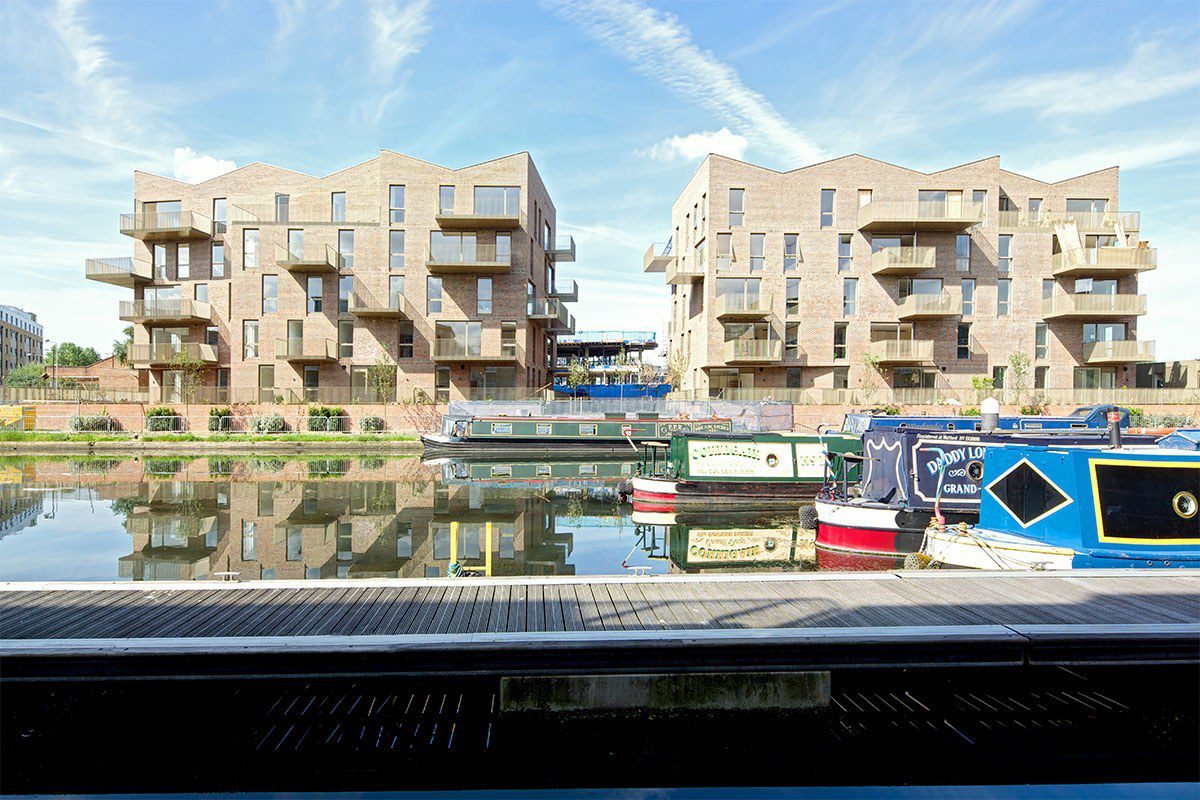
- Project deliverables:
- 759 new mixed tenure homes, new replacement bus depot, retail and employment uses, new pedestrian/ cycle bridge, canalside walk, waterspace strategy (including residential moorings and boat repair and maintenance) and new public, semi-public and private realms
- Client:
- Waterside Places (joint venture between British Waterways, MUSE and Igloo)
- Collaborators (design):
- Masterplan: Tovatt with Klaus Tham, URBED and Camlins Phase 1: Karakusevic Carson, Duggan Morris, Mikhail Riches, Camlins Phase 2: Mae, Camlins Phase 3: GRID, Fabrik
- Collaborators (technical):
- Masterplan, phases 1 and 2: SKM Colin Buchanan, Expedition, Fulcrim Consulting, SPA, White Young Green, Vokins. Phase 3: Gardiner & Theobold, Tower 8, Troup Bywaters & Anders, Waterman, Hewson Consulting, Motion, The Ecology Consultancy
- Project dates:
- 2009-ongoing
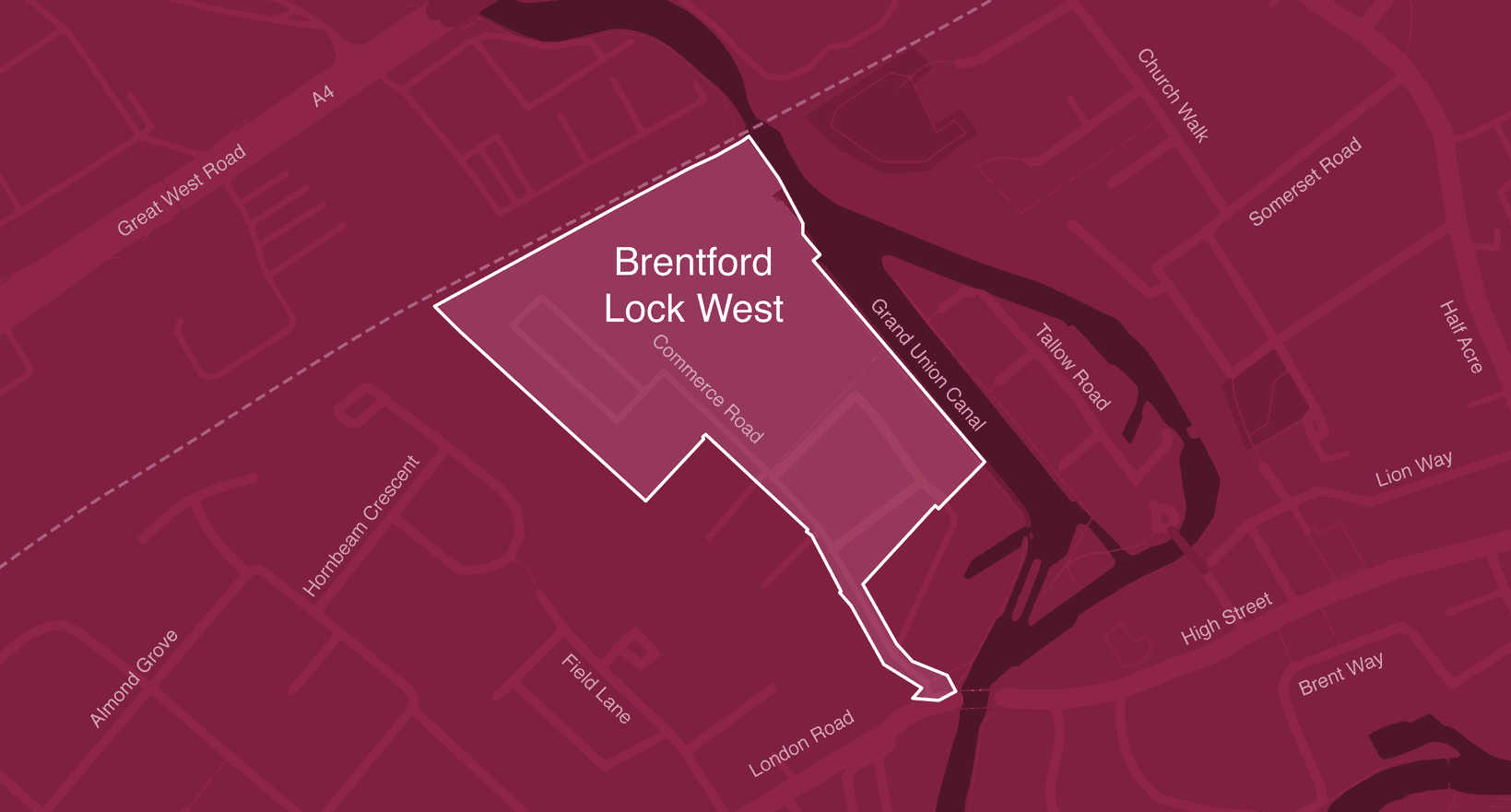
We’ve gone from a parcel of land that had no allocation to having mixed use allocation so we increased the value of that land by 30%.
Igloo Regeneration
The opportunity
The site comprised a 6 ha largely vacant industrial estate located adjacent to the Grand Union Canal and on the edge of Brentford Town Centre.
Prior to our involvement the client had sought over a three-year period to pursue a mixed-use development proposal for the site, which was not supported by residents, businesses or the Council. A bitter battle was fought, which eventually resulted in the client group losing a lengthy planning appeal and the trust of the local community and the Council.
Following this unfortunate process the client appointed a new internal team, who then appointed a new design and planning team, which included Klaus Tham, Tovatt Architecture, URBED and Tibbalds to develop a new strategy, rebuild relations in the community and deliver a flexible planning consent, which would be capable of being implemented by a variety of different design teams over time.
The client’s aspiration was to deliver an exemplar sustainable neighbourhood that built on and celebrated the industrial heritage of the site, the qualities of the water and Brentford. The masterplan was developed in line with Igloo’s Footprint Policy (an internal socially responsible investment policy covering sustainability, design, regeneration and health, happiness and well-being).
A collaborative approach to masterplanning
To overcome the problems created as a result of the previous scheme it was essential to build a positive relationship with the local community and Local Planning Authority.
Working in close collaboration with the local community, council officers and Members, the GLA and other third party interests a shared vision for the future regeneration of the site.
In terms of the community residents, businesses and other interested parties from the area were invited to a number of workshop sessions. The first session involved a series of exercises, which helped to generate a shared understanding of the area. This was followed by a second workshop, which sought to generate a number of different options for the site through ‘collages’ and plasticine models.
Feedback and testing
These models were then drawn up by the design team and presented back to the community at a public consultation event. Following feedback from this event, a basic development framework was drawn up. This was then tested and developed further by the design team, which was shared with the community through regular updates events and exhibitions. In total seven engagement events were held. These workshop sessions were supplemented by regular progress reports to local boards, panels and residents groups throughout the 18 months it took to develop the scheme.
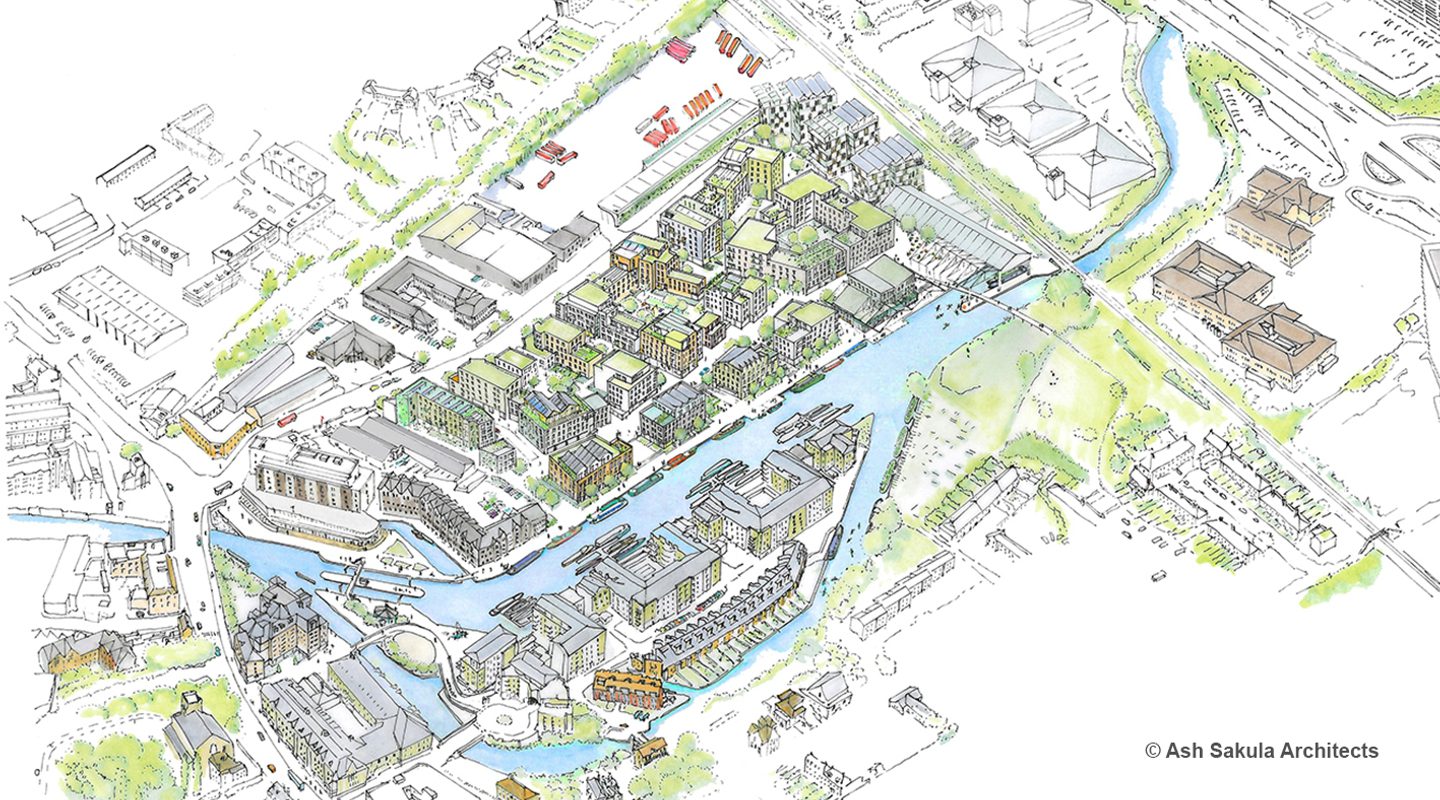
Re-engaging with the community
This process was essential in re-engaging a previously mistrustful local community. Many of the people who participated in the design workshops had been actively involved in the campaign against a previous application on the site.
The intensity of engagement continued through the various stages of the process and culminated in the establishment of a residents association, which runs a raft of events on the site and who have been the key collaborator on the later phases of the development.
In parallel with the community consultation the team worked collaboratively to help shape the masterplan. Design work was supplemented with a series of technical inputs in relation to potential land uses; highways, access and transport capacity; townscape and heritage; flood risk and drainage; energy and water; water use and cultural influences.
This work helped to inform the role and the potential of the site as part of the wider regeneration of the town centre. This process started to generate an integrated series of neighbourhoods across the site, the town centre and other significant regeneration sites across the area.
A PPA was also agreed with Hounslow officers and the GLA, which enabled the design development of the masterplan and subsequent phases to be agreed in a stepped manner, which also helped to speed up the process and avoid abortive work. It also helped to turn a position of conflict into one of unanimous support amongst the local community, Members and officers. This allowed securing an outline planning consent in 6 months and for a cost significantly less than the previous planning process that failed at appeal.
This positive relationship with officers, Members and the community has continued through the submission of reserved matters in respect of phases 1 and 2, condition discharges (site wide and phase specific), revisions to the existing consent (S73 and 96A) and the submission of a new application in respect of phase 3.
In approving the outline application the planning committee praised the applicants on their meaningful involvement in the local community in the development process.
Design Quality
The aim of the masterplan was to create an urban neighbourhood that grows over time by creating a framework that on the one hand ensures the vision is delivered, while on the other hand retains the flexibility for each block to develop a separate identity and respond to market conditions.
The neighbourhood is based around four main blocks. These blocks enclose a series of narrow streets running down to the waterfront, picking up on the historic waterside form of Brentford. The blocks themselves are based on a Swedish housing model that accommodates family housing in medium to high-density environment. In this courtyard-housing model, larger dual-aspect apartments, which are suitable for families, are positioned around generous semi-public courtyard spaces. Private open space is provided through gardens within the courtyard, generous balconies and roof gardens at different levels of the blocks. Parking is in semi-basements located below the courtyards. Alongside the larger apartments a number of town houses are also included in the layout.
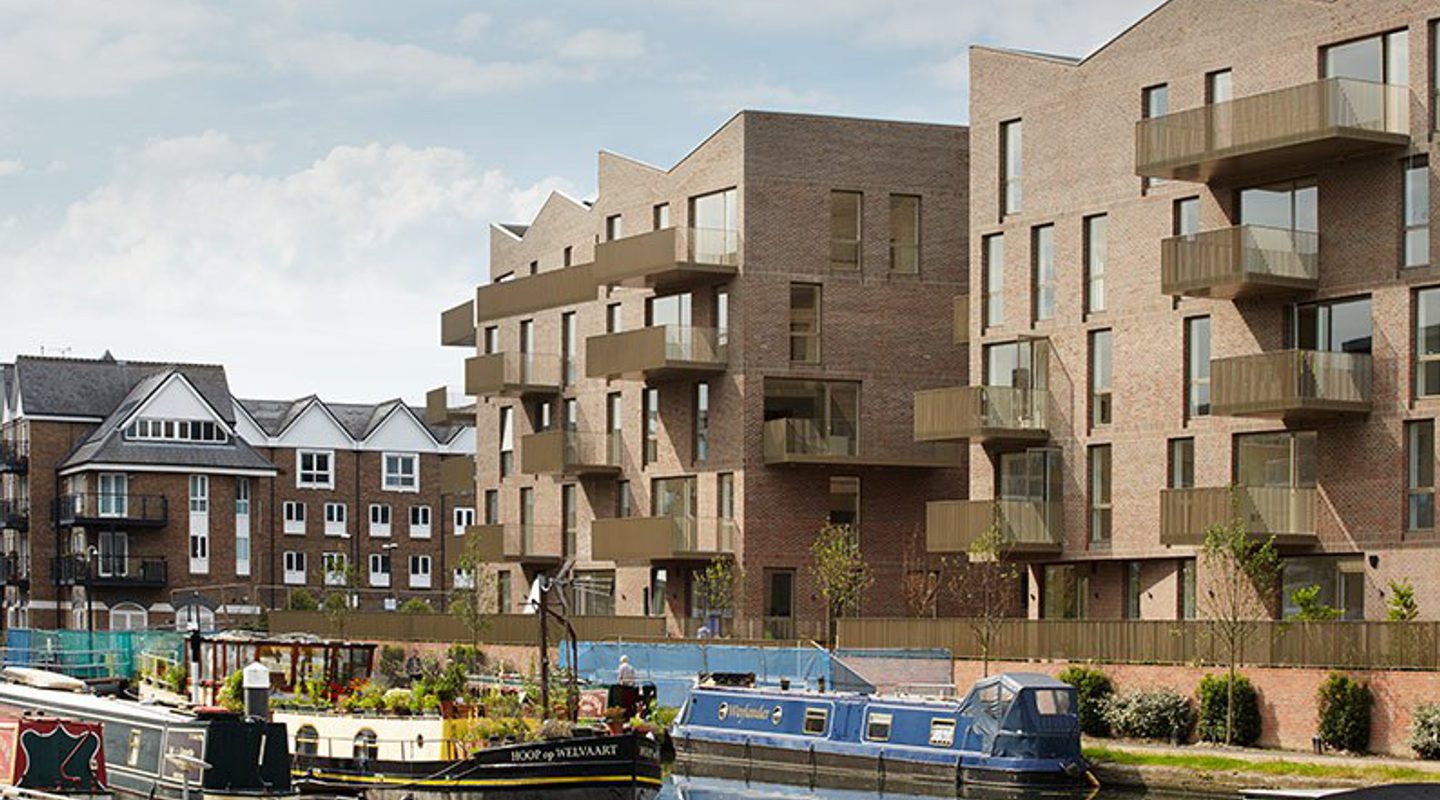
An engaging place for people
The scheme is predominantly 4-7 storey in height. It steps up in height as you move away from the water with taller elements in the north west corner to provide a terminus to the vista along Commerce Road. To ensure the streets feel vibrant and capture the urban character of Brentford’s waterside streets, a strong enclosure ratio has also been set for the masterplan with most of the streets taller than they are wide.
The landscape strategy was also developed to high level of detail as part of the masterplanning process in order to clearly define the role and function of each component part of the strategy in terms of route hierarchy, accommodation of pedestrians and vehicles, definition of public and private realms, safety and security, materials and lighting, accommodation of play, levels of surveillance, care and maintenance and water management.
The scheme also includes workspace and facilities for the local canoe club. A new pedestrian / cycle bridge over the canal allows access to a park and the wider area.
Delivery of a flexible outline permission
An outline planning application for the site as a whole was submitted in late 2010. Members approved the application in March 2011.
A key requirement for the original Outline Planning Application was that it should provide the applicant with flexibility to bring on board different developers and architects over time and enable them to respond to changing market conditions, whilst still providing the Local planning authority with comfort that a high quality scheme can be delivered.
This required the production of parameters and design guidance/ codes that were locked down into the Section 106 that was attached to the OPA.
The outline was then used to develop briefs for each individual phase of development. We helped write the detailed briefs for each phase and to set up a series of competitions to select the design team in respect of each phase. We also sat on the selection panels for appointment of architects for each phase.
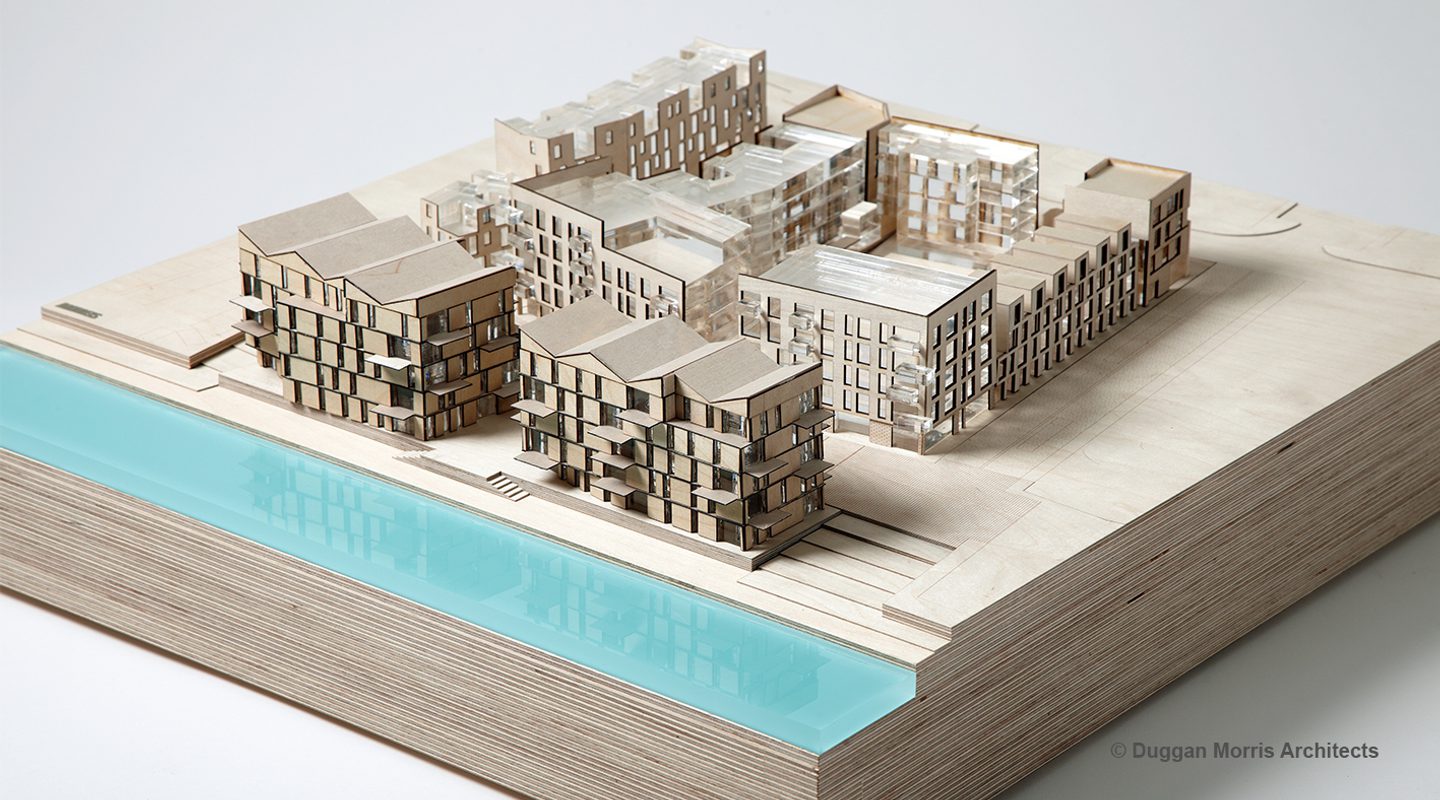
Securing an increase in density across the scheme
Changes in the market and the flexibility that was built into the original OPA enabled the scheme to be intensified and a greater number of units to be delivered in each phase than was originally envisaged. Reserved matters applications in respect of phases 1 and 2 were supported by addenda in respect of all of the supporting technical assessments, including the EIA which enabled any additional or changed impacts to be captured and mitigated, as appropriate.
The increase in density achieved across phases 1 and 2 meant that on reaching phase 3 there was a requirement to submit a new detailed planning application to enable the original unit numbers to be increased from 520 to 759. A new stand-alone planning consent in respect of this final phase was secured in 2019, which included a new section 106.
An unusual approach to the delivery of affordable housing
The original permission included for the transfer of land to the Council to enable them to deliver affordable housing using contributions from the BLW scheme and other schemes in the Borough. As a result of densification and re-planning of the scheme through the detailed design process the numbers of affordable housing units increased from 102 units to 245 units.
The method of delivery of the affordable housing was locked into a section 106.
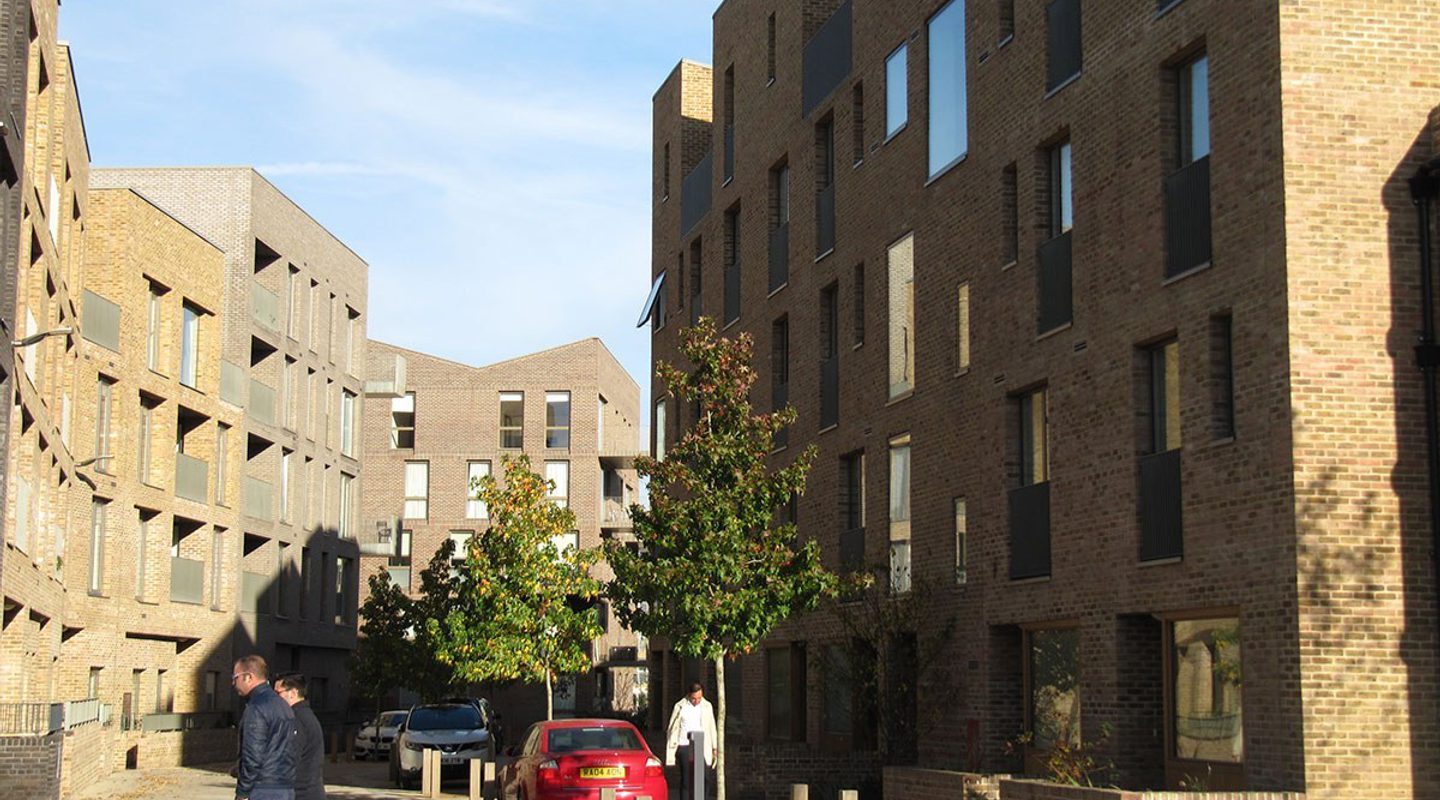
Awards
The scheme has won five RIBA regional awards for the various different buildings, Best Development award in the British Homes Awards 2018, Finalist at the Brick Awards 2018, Finalist at the Housing Design Awards 2015, Winner in the Residential category at New London Architecture Awards 2013, Award for the Masterplan at Urban Design Group Awards 2012.
Awards
-
Winner (Phase 2), RIBA London Planning Award 2019 -
Winner (Phase 2), RIBA National Award 2019 -
Shortlisted, NLA Awards 2019 -
Finalist, Brick Awards 2018 -
Winner (Block E0, RIBA London Award 2018 -
Finalist, Housing Design Awards 2015 -
Winner, Residential Category, LA Awards 2013
Core Team
Below are some of the key people that worked on this project.
-
 Jennifer RossConsultant
Jennifer RossConsultant

Start the conversation...
Learn more about Brentford Lock West, Hounslow and other projects by contacting one of our team
Call Lizzie on 0207 089 2121 or email lizzie.lemare@tibbalds.co.uk